- JST Home
- /
- Strategic Basic Research Programs
- /
 PRESTO
PRESTO- /
- project/
- New Fluid Science for Understanding, Prediction and Control of Complex Flow and Transport Phenomena/
- [Complex Flow] Year Started : 2022
[Complex Flow] Year Started : 2022
Hyeon-Deuk Kim
Science of fluids with quantum rotation and their flow control by nanospace
Grant No.:JPMJPR22O1
Researcher
Hyeon-Deuk Kim

Assistant Professor
Graduate School of Science
Kyoto University
Outline
The purpose of this research is to clarify and predict the principle of complex macro-fluids in which the individuality, feature, and degree of freedom of nuclei play a leading role. This research contributes to the realization of a hydrogen-energy society by proposing an innovative separation method for fluids with different quantum rotation. Through this research, we will comprehensively unveil the peculiarity and universality of fluids with quantum rotation which have been difficult to predict and control, and will establish a foundation for fluids where nuclei play a key role.
Reiko Kuriyama
Development of foundation for fluid science based on hydrodynamic stress imaging
Grant No.:JPMJPR22O2
Researcher
Reiko Kuriyama
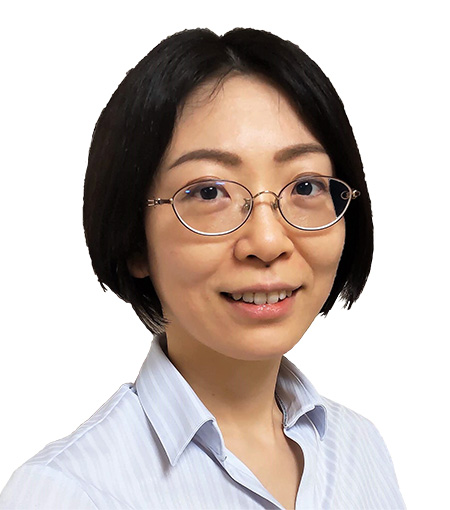
Associate Professor
Graduate School of Engineering
Kyoto University
Outline
For the development of fundamental technology for understanding, prediction and control of complex flow and transport phenomena, this project proposes a novel optical-based technique for imaging hydrodynamic stress field non-intrusively at high spatio-temporal resolution. The proposed technique visualizes hydrodynamic stress distributions in fluid and at channel wall by utilizing force-responsive fluorescent molecule as a stress probe. For future applications in various fields, this project aims to establish visualization method by integrating scientific knowledge in fluid dynamics, optical engineering, polymer chemistry, rheology, and signal processing based on data science.
Takeshi Sato
A new fluid science for non-Newtonian/non-uniform/non-equilibrium flows
Grant No.:JPMJPR22O3
Researcher
Takeshi Sato
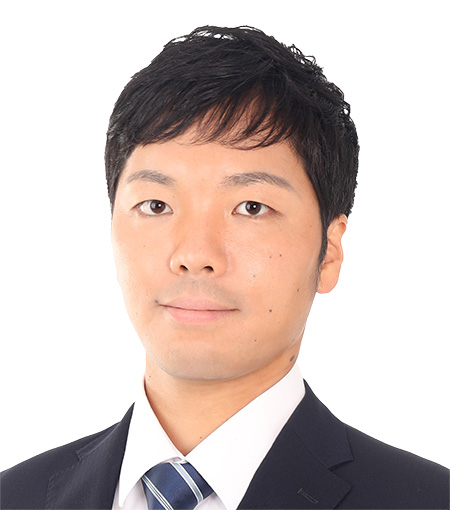
Assistant Professor (Tenure Track)
Advanced Manufacturing Technology Institute
Kanazawa University
Outline
Non-Newtonian (i.e., complex) fluids have a spatiotemporal hierarchical structure characterized by microscopic, mesoscopic, and macroscopic scales. Due to this complex structure, non-uniform and/or non-equilibrium flow properties are frequently observed in non-Newtonian fluids. In this project, I plan to develop a sophisticated mesoscopic model that can reproduce the rheological properties of non-Newtonian fluids by consistently connecting microscopic and mesoscopic scales. This mesoscopic model can be considered a quasi-experimental system. Then, utilizing a data-driven method on experimental data (including quasi-experimental data), I aim to derive a constitutive model, which is essential for fluid science. Through this project, I try to develop a practical methodology for non-uniform/non-equilibrium flow prediction.
Takahiro Suzuki
Investigation of structure formation mechanisms by materials and fluid interaction
Grant No.:JPMJPR22O4
Researcher
Takahiro Suzuki
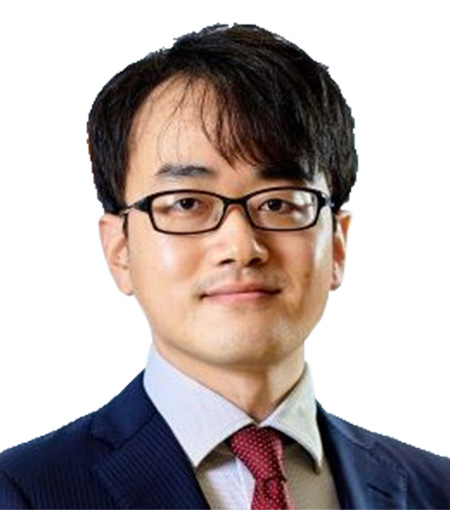
Associate Professor (Lecturer)
Graduate School of Engineering
The University of Osaka
Outline
Drying of slurry is a key technology for manufacturing products such as porous electrodes of fuel cells and secondary batteries. However, trial and error approaches are the main methodology to develop fabrication processes from slurry at this moment and scientific understanding is needed. This project aims to establish a methodology to investigate the slurry drying process by simultaneous measurements of fluid and dielectric behavior and to clarify the interactions of materials and fluid during slurry drying from a molecular scale to a macro scale. In this project, the developed methodology is applied to the fabrication process of fuel cell electrodes to clarify the mechanisms of porous structure formation.
Ryuta X. Suzuki
Establishing new interfacial hydrodynamics combined with chemical thermodynamics
Grant No.:JPMJPR22O5
Researcher
Ryuta X. Suzuki

Assistant Professor
West Tokyo Joint Center for Sustainability Research and Implementation
Tokyo University of Agriculture and Technology
Outline
The goal of this project is to establish new interfacial hydrodynamics combined with chemical thermodynamics and to elucidate the dynamics. Understanding such complex flow dynamics will be accomplished by experiments, numerical simulation and theoretical studies. Through the present study, new foundation for integration with other fields is built. Specifically, the project is oriented toward applications in biotechnology and the simultaneous achievement of CO2 sequestration and enhanced oil recovery. Developing software to calculate optimal conditions for CO2 sequestration and enhanced oil recovery is focused in particular.
Kazuaki Z. Takahashi
Advances in nanoscale heat and mass transfer theory based on local order parameters
Grant No.:JPMJPR22O6
Researcher
Kazuaki Z. Takahashi
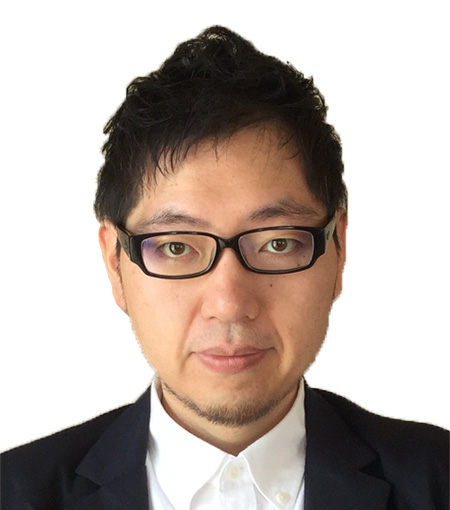
Senior Researcher
Materials DX Research Center
National Institute of Advanced Industrial Science and Technology (AIST)
Outline
Fluid dynamics with phase transitions is a phenomenon that is ubiquitous in nature, yet not well understood. In this study, I aim to elucidate fluid dynamics with phase transitions by advancing nanoscale heat and mass transfer to the fluid scale. To this end, local order parameters (LOPs), which precisely describe self-assembled structures of molecules, are identified by machine learning. By applying LOPs to statistical mechanics, the self-assembly process in phase transitions is described in detail. The self-assembly process is then coupled with state-of-the-art fluid theory.
Tetsuro Tsuji
Application of Optothermal fluidics in Molecular Fluid Science
Grant No.:JPMJPR22O7
Researcher
Tetsuro Tsuji

Associate Professor
Graduate School of Informatics
Kyoto University
Outline
Inhomogeneity of temperature field in fluid and/or adjacent boundaries generates flows on a molecular scale. These flows cannot be explained by ordinary fluid mechanics based on continuum assumption. In this project, thermally-induced flows such as thermo-osmotic flows are investigated experimentally using the concept “optothermal fluidics,” which can optically design heat generation in micro- and nanoscale. In addition, the mechanism of thermo-osmotic flow is modeled using the framework of molecular fluid dynamics to understand thermally-induced flows both experimentally and theoretically. These flows are expected to be applied to novel technologies for conversion from heat to momentum and for selective transport of nanomaterials using differences in molecular level characteristics.
Kenichi Funamoto
Development of technology to manipulate cell dynamics by reproducing and controlling the interstitial environment
Grant No.:JPMJPR22O8
Researcher
Kenichi Funamoto
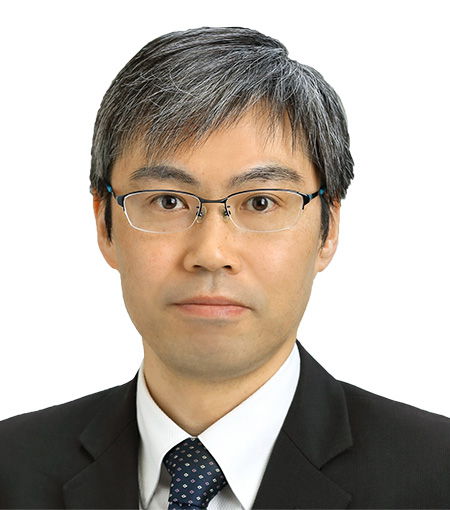
Professor
Institute of Fluid Science
Tohoku University
Outline
In an in vivo microenvironment, cells are surrounded by biological tissues called interstitium. The cell dynamics in response to flow and transport phenomena in the interstitium is the key for treatment and prevention of diseases. In this project, the flow and transport phenomena in the interstitium are reproduced by using microfluidic devices and measurement-integrated simulation to elucidate the mechanisms of changes in cell dynamics. Moreover, techniques to manipulate cell dynamics are explored by controlling environmental factors. Thus, the basis for new medical technologies that target disease-specific interstitial environments will be created.
Tomohide Yabuki
Creation of New Thermo-Fluid Science through Reconstruction of Boiling Phenomena
Grant No.:JPMJPR22O9
Researcher
Tomohide Yabuki
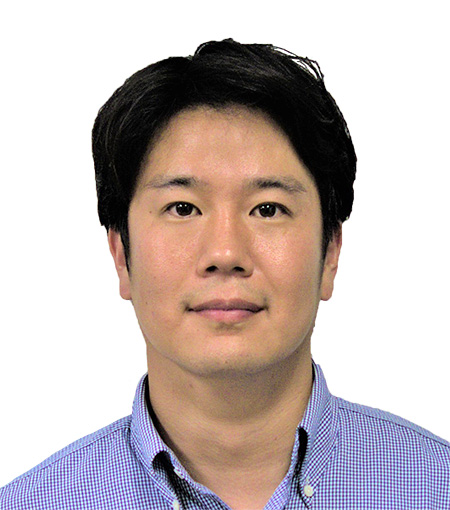
Professor
Graduate School of Engineering
Kyushu Institute of Technology
Outline
This project aims to elucidate the boiling heat transfer mechanisms through precise observation of boiling phenomena using state-of-the-art measurement and analysis techniques. Through this new thermo-fluid science, we will obtain knowledge that will contribute to the creation of reliable boiling prediction techniques by numerical simulation and data-driven analysis and novel boiling heat transfer enhancement techniques. The spread of industrial use of boiling phenomena, which realizes high-efficiency and long-distance heat transfer, will lead to a significant reduction in the amount of electricity and materials required for heat transfer and to more efficient reuse of waste heat, thereby contributing to the realization of a decarbonized society.
Takuya Yamamoto
Prediction of chemical and fluid fields through sonochemofluidics theory
Grant No.:JPMJPR22OA
Researcher
Takuya Yamamoto
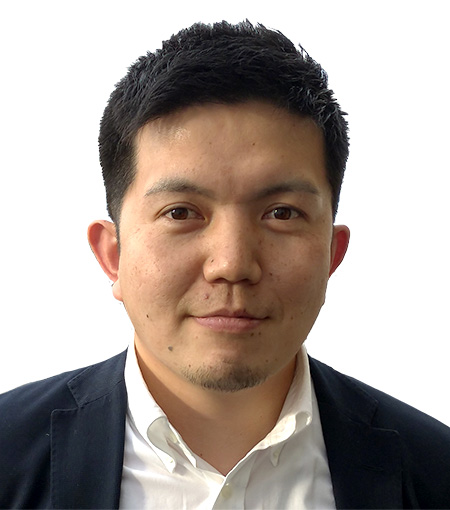
Associate Professor
Graduate School of Engineering
Osaka Metropolitan University
Outline
Sonochemofluid phenomena caused by ultrasound irradiation are numerically modeled. Specifically, the gas-liquid multiphase flow with chemical reactions due to acoustic cavitation is modeled in the present study, and the reaction rate is calculated through large-scale numerical simulation. The optimum condition of high reaction rate is explored through the developed numerical model with an aid of data scientific method. Finally, the simulation results will be validated by experiments.













